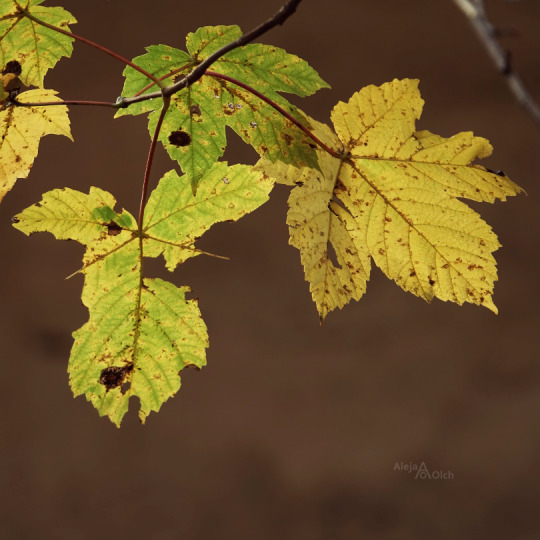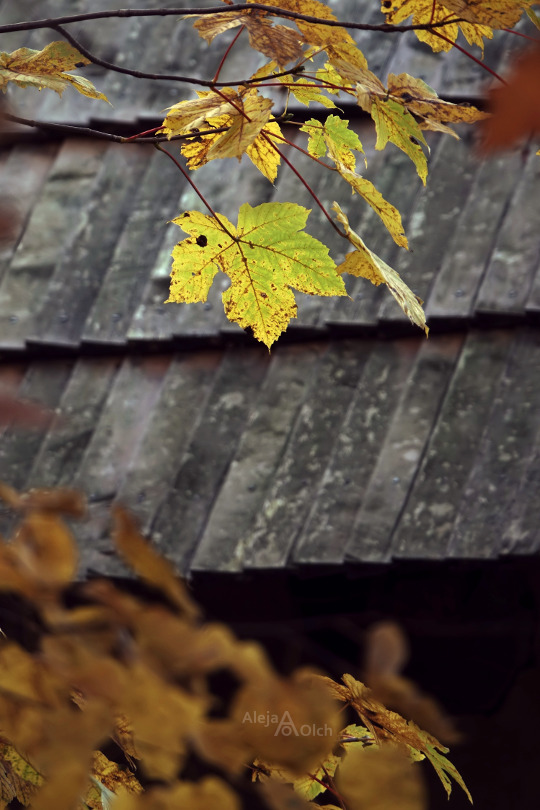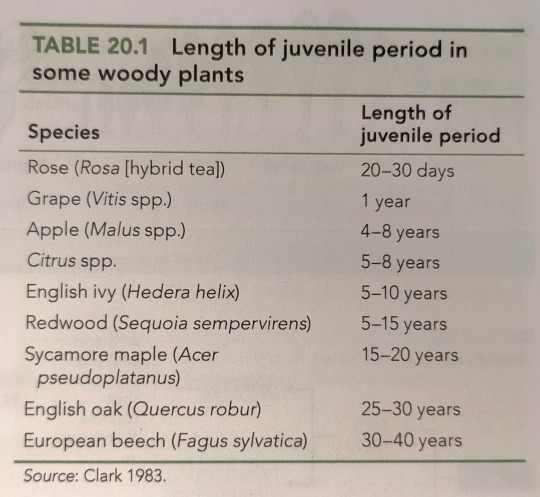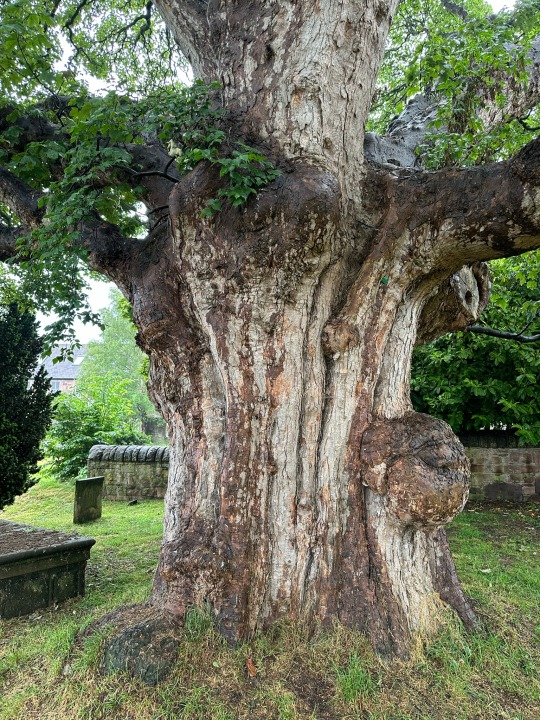#sycamore = acer pseudoplatanus
Text
My brother is a tree surgeon but knows nothing about tree species (he knows what he needs to know about trees - he’s skilled and competent) and as a gardener/horticulturist/botanist it drives me up the wall when I ask ‘oh what did you chop down’ and he responds ‘a maple and a sycamore’ bro that clarifies very little. Or worse still ‘oh I dunno’ can you show me a leaf. A bud even. Sometimes even a bud scar is enough. Give me something to satisfy my curiosity
#maple and sycamore are both acers#sycamore = acer pseudoplatanus#but maple could also be that#there are many valid forms of classification but we do need scientific binomial classification for exactly this reason
1 note
·
View note
Text

Sycamore Seeds
#photographers on tumblr#nature#leaves#spring#green#primavera#seeds#maple#acer#acer pseudoplatanus#sycamore#sycamore maple#abstract#gardening#garden#original photographers#original photography#vertical
148 notes
·
View notes
Photo



Poland, October 2021
#autumn#fall#foliage#leaves#forest#elvencore#cottagecore#nature photography#photographers on tumblr#original photography#sunlit#countryside#maple#sycamore maple#Europe#Acer pseudoplatanus
11 notes
·
View notes
Text
In contrast, woody species have a more prolonged juvenile phase, in some cases lasting 30 or 40 years (Table 20.1).

"Plant Physiology and Development" int'l 6e - Taiz, L., Zeiger, E., Møller, I.M., Murphy, A.
#book quotes#plant physiology and development#nonfiction#textbook#juvenile#woody plants#rose#tea rose#rosa#grape#vitis#apple#malus#citrus#english ivy#hedera helix#redwood#sequoia sempervirens#sycamore maple#acer pseudoplatanus#english oak#quercus robur#european beech#fagus sylvatica
0 notes
Video
n68_w1150 by Biodiversity Heritage Library
Via Flickr:
Österreichs allgemeine baumzucht, : Wien :Ignaz Albertischen Buchdruck.,1792-1822. biodiversitylibrary.org/page/42928139
#Austria#Shrubs#Trees#Harvard University Botany Libraries#bhl:page=42928139#dc:identifier=https://biodiversitylibrary.org/page/42928139#flickr#acer pseudoplatanus#Sycamore maple#sycamore#tree#botanical illustration#scientific illustratoin
0 notes
Text
The Sycamore
The #sycamore is not an indigenous #tree to the UK but it is not certain when it arrived. It is not welcomed by every one #nature #woodland #weed
Every autumn the garden comes under attack from hundreds of winged seeds, some resting at a jaunty angle in the soft soil of the lawn and borders, others lying forlornly on the patio. The source of the fusillade is not difficult to discern, a sycamore across the road whose tall structure and broad, rounded crown gives some welcome relief to what is otherwise a non-descript suburban setting.
The…

View On WordPress
0 notes
Text


Plant of the Day
Monday 19 June 2023
The deciduous tree Acer pseudoplatanus (sycamore) makes a large domed specimen. It was introduced to the UK from Europe and has become naturalised and is widely planted.
Jill Raggett
100 notes
·
View notes
Note
are there clan words for maple trees? or do those not exist in england
Oh it's WEIRD I don't have a word for Field Maples yet, let's fix that
There are two words in Clanmew that translate to "maple."
Sycamore Maple (Acer pseudoplatanus) = Gessqa
Field Maple (Acer campestre) = Hwooq
Hwooq are exclusively found in WindClan. They HATE other trees. Completely shade-intolerant, freaks out if its roots touch anything else, spreads its seeds via wind. That's why they're called "Field Maples" in English, they like to stand alone in grasslands.
Field maples are the only native maple in England, with the Sycamore maple being native to mainland Europe. Lots of others have been introduced, but Clan cats only know of Gessqa and Hwooq.
Gessqa is only found near Fourtrees, on the human trail leading there. They were intentionally planted on a patch of what used to be oak forest, after the Ancient Fire of DOTC. Their leaves are afflicted by a special type of blight, which creates distinctive black spots with yellow rings.
Both types of trees have been the subject of HUGE brawls between WindClan and ThunderClan, in both the Forest and Lake territories. ThunderClan uses the sap of both trees as a flavoring, and the wind-dispersal of maple samaras make them grow best closer to WindClan territory.
Mapleshade's Clanmew name is Gessqahorrl. Sycamore-Understorey. It was given in reference to her excellent stalking abilities, especially in unfamiliar places like the gessqa patch where she insisted her assessment would take place.
42 notes
·
View notes
Text
Now then, our plant today is "Acer Pseudoplatanus" or commonly called the sycamore tree! It's a tree that, in perfect conditions, grows to be 35 metres tall and can live for over 400 years! An ancient giant!
It's is a broadleaf tree that's pinkish-grey and starts off smooth before becoming cracked with age! It even grow bark plates!
Because it's a deciduous tree, it loses it's leafs in the winter, making it slightly difficult to identify, but it's twigs will be hairless and pinky-brown! In the summer, the leafs grow to be between 7 and 16 cm! They grow 5 lobes that point outwards with edges that look torn! The leafs stalks on a young sycamore also grow red! Quite a leaf!

The sycamore flowers are formed in a strange way called a raceme! It looks a lot like a strange coral! It's usually a yellow-green colour, and slightly on the small size! It bows downwards at the end of the branches by the leafs! They get pollinated by wind and insect!
When the female flowers get pollinated, they produce samaras, a type of winged inedible fruit! They'll mature and turn brown before detaching from the mother tree and flying away in the wind!
The sycamore is native to most of Europe, being introduced to the UK by one of two groups! It's rumoured that the Romans brought the specimen over, however other reports suggest it was the Tudors in the 1500's! Either way, because it is exceptionally fertile, it's naturalised across the UK and fits in very well with the land!
For wildlife, sycamores a like a supermarket! The leafs provide nourishment for the caterpillars of several moths, including the sycamore moth! The seeds are eaten by birds, such as the greenfinch and the goldfinch! The bark is eaten by some insects, such as the sycamore lacewing! The seeds are eaten by small mammals and birds, and the flowers provide necter for pollinators!
In cultures both ancient and current, the sycamore was a sign of fertility and strength! For the ancient Greeks, the sycamore represented Hera, the goddess of marriage and childbirth! The ancient Celts used the sycamore as a symbol for the world tree, which connected earth with heaven and the underworld!
The wood of the sycamore is creamy in colour and has a fine grain with a good strength, making it perfect for carving! In fact, a lot of wooden furniture and kitchenware is made of sycamore wood! They're also commonly planted in urban areas because they are tolerant of pollution and high winds, making it perfect!
Unfortunately, the sycamore is susceptable to some fungal infections, such as sooty bark disease and horse chestnut scale!
Ultimately, Acer Pseudoplatanus or the sycamore is an exceptional tree, living for many hundreds of years, and being an incredibly fertile tree with a lot of history in Europe! So without further delays, here is the sycamore!

2 notes
·
View notes
Text

Acer pseudoplatanus, known commonly as the sycamore. Its one of my all time favourite trees due to the winged samaras, and is in the soapberry and lychee family Sapindaceae. It is a large, deciduous, and broad-leaved tree. Tolerant of wind and coastal exposure and native to Central Europe and Western Asia. In Britain however it is a naturalised species, though to be introduced by the Romans, or in the 1500s. In Wales, sycamore trees are used in the traditional craft of making 'love spoons', which are decoratively carved wooden spoons given as a romantic gesture.
#green witch#pagan wicca#norse pagan#original photographers#photography#pagen witch#nature#nature walks#sycamore tree#treephotography#tree photos#plant photography#nature aesthetic#plants#plant witch#trees#autumn trees#seed pods
6 notes
·
View notes
Text
Fun intersection of my old life (violin nerd) and my other old life (garden center bitch):
Sycamore (Platanus occidentalis)
Sycamore (Acer pseudoplatanus)
>:(
1 note
·
View note
Text




Spring is in the air
Young leaves of Quercus robur, Castanea sativa and Acer pseudoplatanus
#quercus robur#pedunculate oak#castanea sativa#sweet chestnut#acer pseudoplatanus#sycamore#sycamore maple#trees#buds#garden#nature#gardens#gardenlife#spring
4 notes
·
View notes
Photo



Suyo, Rysa, (unnamed for now), acer pseudoplatanus(aka sycamore maple) and Ektor P’foyo Pheqa.......... members of a space crew at the same facility harplock’s crew is at........
#aliens#leonberger#arachnids#tree cervine#sycamore maple#dragon#space dragon#jess scribbles#ocs#suyo#rysa#acer pseudoplatanus#ektor p'foyo pheqa#will probably add 1 more member eventually
7 notes
·
View notes
Text

Sycamore maple (Acer pseudoplatanus)
15 notes
·
View notes
Photo

Sycamore tree by ekaterina alexander https://flic.kr/p/2iVgQ7B
0 notes
Text



Plant of the Day
Monday 6 March 2023
On a sunny day this Acer pseudoplatanus (sycamore) is casting a shadow of the tracery of twigs over this house in Orkney. Despite being introduced to the UK this species has thrived and tolerates a range of conditions and seeds freely.
Jill Raggett
#acer#sycamore#tree#deciduous#orkney#deciduoustree#shadow#plants#writtledesign#gardens#horticulture#garden#wall
77 notes
·
View notes